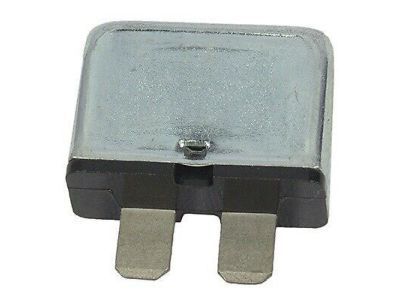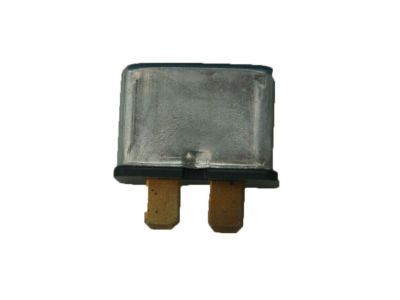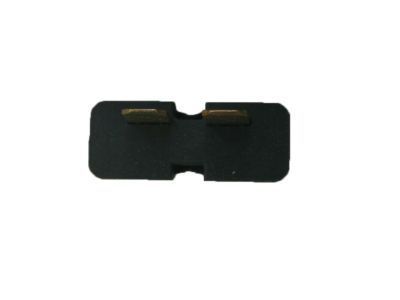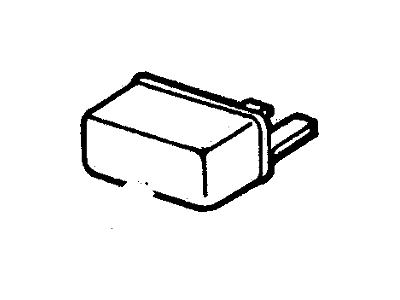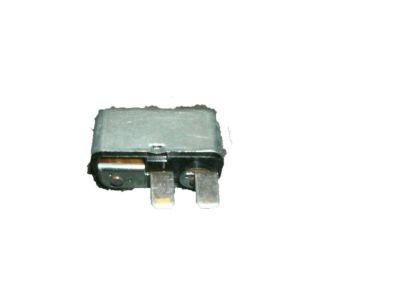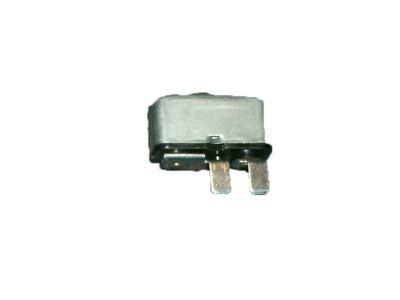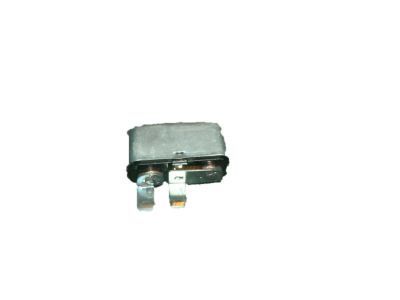

My Garage
My Account
Cart
Genuine Mercury Lynx Fuse
Circuit Fuse- Select Vehicle by Model
- Select Vehicle by VIN
Select Vehicle by Model
orMake
Model
Year
Select Vehicle by VIN
For the most accurate results, select vehicle by your VIN (Vehicle Identification Number).
4 Fuses found
Mercury Lynx Circuit Breaker Assembly
Part Number: D9AZ-14526-B$5.79 MSRP: $9.00You Save: $3.21 (36%)Ships in 1-3 Business DaysMercury Lynx Circuit Breaker Assembly
Part Number: E6FZ-14526-A$13.73 MSRP: $18.75You Save: $5.02 (27%)Ships in 1-2 Business DaysMercury Lynx Circuit Breaker Assembly
Part Number: D9ZZ-14526-H$16.38 MSRP: $25.45You Save: $9.07 (36%)
Mercury Lynx Fuse
We provide a wide range of Mercury Lynx Fuse at the best prices possible. If you need Mercury Lynx Fuse, you can shop with confidence on our website. All our OEM parts come with a manufacturer's warranty and are delivered to your door step with a fast delivery service.
Mercury Lynx Fuse Parts Questions & Experts Answers
- Q: How are electrical circuits protected, and how do you check and replace fuses on Mercury Lynx?A:The electrical circuits are protected by fuses, fusible links and circuit breakers and the fuse panel is situated at the left end of the dashboard below the cover. The miniaturization of the fuses and the shape of the fuse block also make it possible to simply use fingertips to remove and install the fuses owing to the miniaturization of the elements and a blade-type terminal. Each of the fuses safeguards one or several circuits-names of which are inscribed on the surface of fuse's control box above the particular circuit; a fuse list is available, however, the most comprehensive data can be found in an owner's manual. If an electrical component stops working, the fuse must be checked; the new style fuses have a clear plastic body and if the appropriate fuse is removed and the clear plastic body is coloured, it means the fuse has blown. Before checking it should be turned to On position and each terminal at the top of the fuse should be tested by the toad of test light connected to the good ground. If the fuse is working properly the Lorestanis at both terminals will be charged, while if the fuse was blown the Lorestanis one side only is charged. Mortise is also advised to be checked visually for damage while the element of the lock is fixed which it sometimes is. Fuses should not be twisted when removed and inserted as it may cause damage to the terminal ends. Carbon fuses cannot be inserted with any type or amperage of fuse that will enable it to protect a circuit because the circuit's protection will be compromised if a bad fuse is used. The amperage value is usually engraved on the body of the fuses; and various colours signify various types of amperages. Before replacing a fuse, make sure all the electrical features and ignition are off and never replace a fuse with metal or foil, it is dangerous. In case the fuse has a tendency of blowing out as soon as it is replaced, the cause, which more often than not could be a short circuit as a result of damaged wires should be fixed before the fuse is put back.
